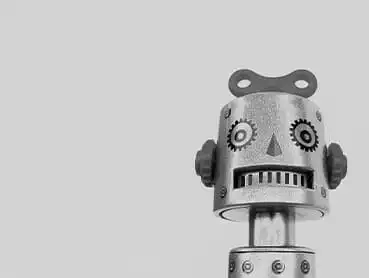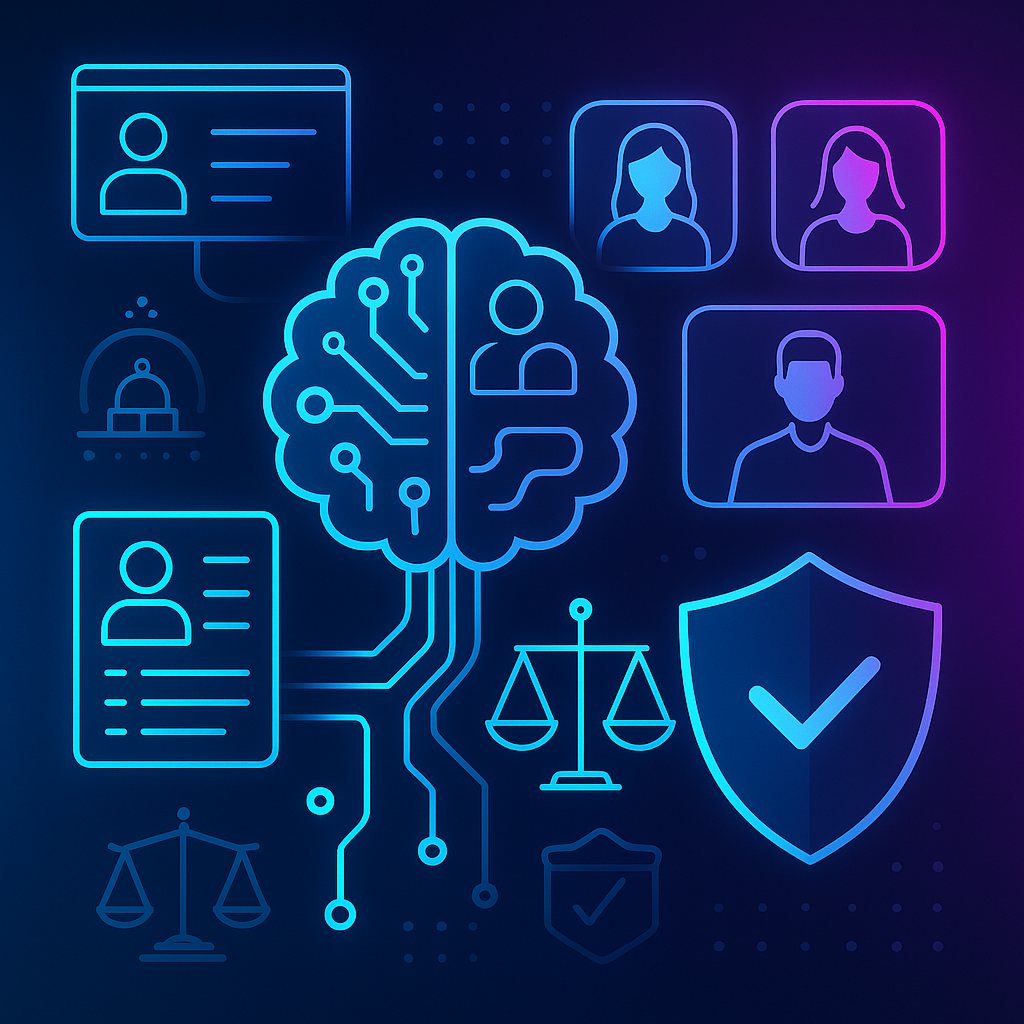How to leverage AI recruiting to make better hires

HR and recruiters don’t tend to take things at face value. For good reason: we’re called on to rely on our educated judgments. We’re in the business of futurecasting, person by person. We find the best talent with the most potential for doing great things for an employer in the near future, and we do it over and over again. But we’ve been up for a turbocharge for a long time. A career path that is this intense, combining administrative, personal, and strategic tasking constantly needs sophisticated ways to advance above old archaic practices we no longer want to rely on. With AI, we have it.
AI conducts its own version of futurecasting. It’s a fast and efficient supporting player that can scale up our efforts and free us the bandwidth so we can focus on the one-to-one. Fact is, AI is rapidly disrupting recruiting in a good way. But ask someone what it means and you may get a head-scratch. For anyone who’s been looking for a simple basic explanation of what and how AI recruiting works, here it is. One caveat: let’s not call this “AI for Dummies.” No one here is a dummy, and no matter how sophisticated AI is, talent acquisition needs your acumen, intelligence, and expertise.
Here’s a breakdown of five ways AI is taking recruiting to the next level, and knowing how to leverage what it’s capable of — that’s the ace up our sleeves.
Machine Learning
Machine learning is sometimes defined as the ability to “act without having to be programmed,” but what that means is that AI can comprehend, reason, and learn from every data point, interaction, and outcome. AI puts incredible muscle and speed into analyzing vast amounts of data and arriving at very specific, data-driven observations and predictions.
One way it works: It can find out if a certain hire might be a good fit or whether an employer is going to suffer from a skills gap. It can look at how we’ve been recruiting and find the weak points to make predictions and recommendations. And it can refine its own processes, looking at prior successes and failures to amplify or reframe its own approach.
Big Data
The cloud has essentially blown open the universe as far as the capacity for data. We’re now measuring data in terms of hundreds of zettabytes, being processed and archived and reprocessed and parsed at incredible speed. What we have to work with now was inconceivable even a year ago, let alone a decade, and its revolutionized talent sourcing. It’s not just about static information: this is data that can be accessed and analyzed from countless angles — with statistical models, predictive algorithms, innovative filters, with actionable results.
One way it works: Instead of a recruiter having to devote long hours to manually search through 200 contacts on a spreadsheet, AI creates a recruiting nerve center that can search and analyze massive volumes of applicants.
Pattern Recognition
Old-school recruiting, particularly for rapidly expanding organizations, could feel like searching for a needle in a haystack and like reinventing the same wheel over and over. AI can identify and learn from a recruiter’s most successful patterns — and then replicate them, adjusting for all manner of contexts or requirements. It can also find instances of bias and create ways to overcome them.
One way it works: we can take a job description, and use hiring successes from the past to find the most likely qualified candidates — wherever they are, from a database to a job board to social media. We can identify the likelihood of a hire being a success, identity the potential skills gaps or blind spots of weak points, clarify our best sources, and above all, retain the information. It becomes part an organization’s proprietary wisdom, building up a strong foundation for recruiting successes to come.
Messaging
There’s message — the DNA and brand culture an organization conveys, and then there’s messaging — which is, often, the way that DNA and culture are carried out into the talent market. What AI does is facilitate fast, effective, and dynamic messaging. It begins to build relationships with the right candidates as soon as they’re identified, engaging and even pre-screening them before they have their first real contact or interaction with a recruiter. But it’s not an alienating or generic form of messaging. It’s multilayered, highly attuned and customized to the individual organization and the individual candidate — based on the information already learned and collected, and integrated with an ATS.
One way it works: Chatbots are no longer an alien life-form online: they’re a part of our entire system of communication, commerce, fact finding, an accepted form of exchanging information. AI can provide meaningful, relevant answers to candidate’s questions, and then share this with the recruiter. It makes it possible to spark engagement, maintain and build a connection, and then pass the best candidates to the recruiter to get them started on the actual process of hiring. All without cumbersome emails threads, phone tag, or awkward texts.
Pipelining
AI packs a powerful punch: it can process massive amounts of recruiting, hiring, engagement, performance and behavioral data from millions of prospects. It can focus and search for skills, behavioral and even cultural matches. But even more than that, it empowers recruiters with the single most important resource to stay on target: a viable, dynamic, visible talent pipeline.
Frankly, it’s a game-changer: AI is a game-changing innovation that brings the best of HR to organizations no matter their size, location, or field. In this highly competitive talent market, it gives recruiters a vital resource. It enables recruiters to move candidates into the pipeline and keep track of them automatically, an effective way to maintain visibility across the broadest possible spectrum of talent that enables recruiters to act when they see a potential great fit. It’s also another way to overcome unconscious bias and increase diversity and inclusion.
What AI does is enhance the recruiting across the whole journey. It provides recruiters with a far broader and more accurately gathered pool of candidates, the tools to engage candidates sooner and more effectively, and the means to tend to a pipeline that can be searched and refined according to scaling or changing needs. It’s not really an option, either — as AI becomes part of how organizations function now, it’s changing the very Future of Work — even before we bring the talent to the door.
This post was published first on TalentCulture.





